Dental Instruments Amalgam: Dental Instruments amalgam is a widely used Dental Instruments filling material composed of approximately 50% elemental mercury combined with a mixture of silver, tin, copper, and other trace metals. It is valued for its durability and cost-effectiveness in Dental Instruments restorations.
High Copper Dental Instruments Amalgam: High copper Dental Instruments amalgam contains an increased proportion of copper compared to traditional amalgams. This higher copper content enhances its strength and resistance to corrosion, making it a popular choice for Dental Instruments restorations.
Silver-Tin-Copper Amalgam: This is a common composition for conventional Dental Instruments amalgams. It consists of a mixture of silver, tin, and copper, along with mercury, to create a durable and reliable restorative material.
Lathe-Cut Dental Instruments Amalgam: Lathe-cut amalgam is made from irregularly shaped particles of silver, tin, and copper, and is well-known for its strength and clinical longevity in Dental Instruments applications.
Spherical Dental Instruments Amalgam: Spherical amalgam contains spherical particles of silver-tin alloy combined with elemental mercury. Its formulation improves handling characteristics and clinical performance.
Non-Gamma-2 Amalgam: This Dental Instruments amalgam variant is designed to eliminate the formation of the undesirable ?-2 phase. It typically comprises silver, tin, copper, and other metals in a composition that enhances its properties.
Admixed Dental Instruments Amalgam: Admixed amalgams combine spherical particles of silver-tin alloy with irregularly shaped particles for improved handling. The composition includes silver, tin, copper, and trace metals to achieve a balance of strength and workability.
Modified Dental Instruments Amalgam: Modified Dental Instruments amalgams may include variations in composition or additives to enhance specific properties, such as reduced expansion and improved aesthetics, depending on clinical needs.
Dispensed Dental Instruments Amalgam: Dispensed amalgam comes in pre-capsulated forms where mercury and alloy are dispensed separately and then mixed chairside. This minimizes the risk of mercury exposure during handling.
Amalgamation in Metallurgy: In metallurgy, amalgamation involves the use of mercury to extract valuable metals, such as gold and silver, from ore. The specific composition of amalgamation processes varies depending on the target metal and ore composition.


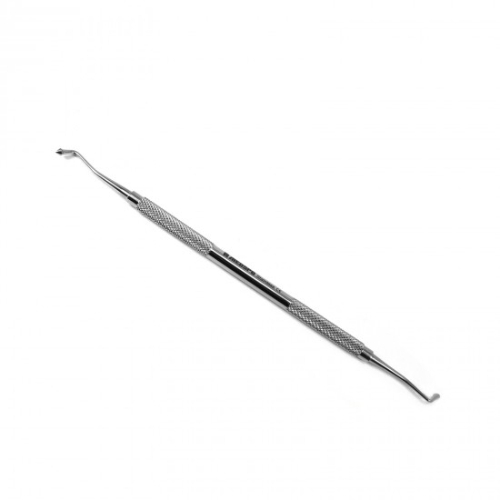
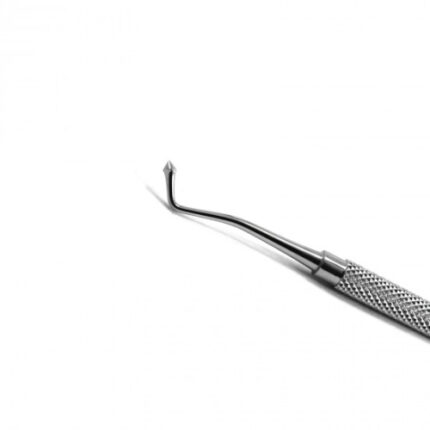
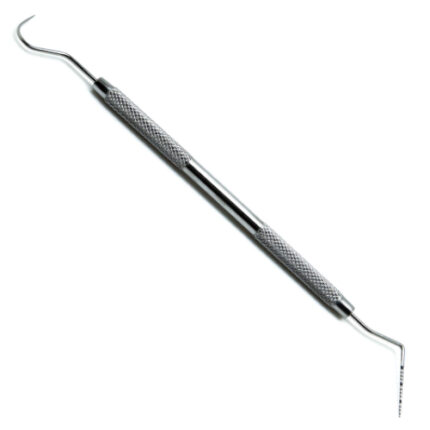
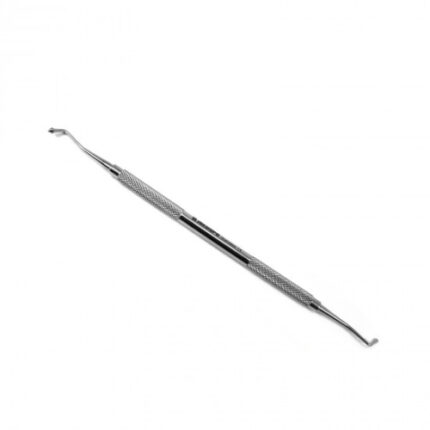
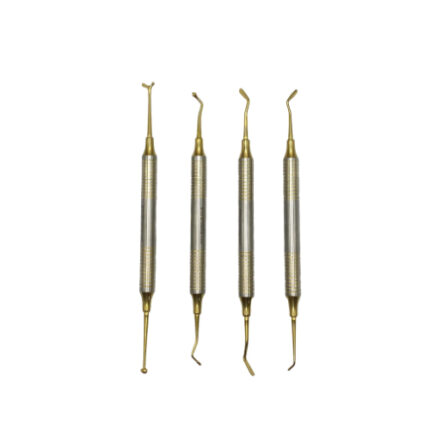
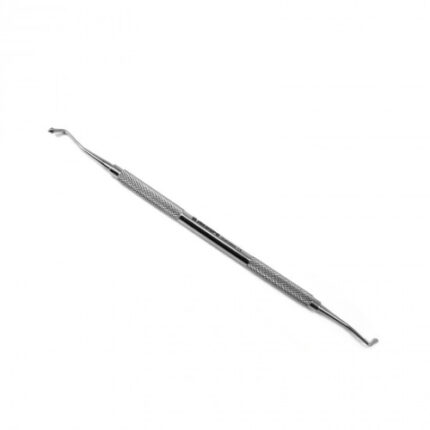
Reviews
There are no reviews yet.